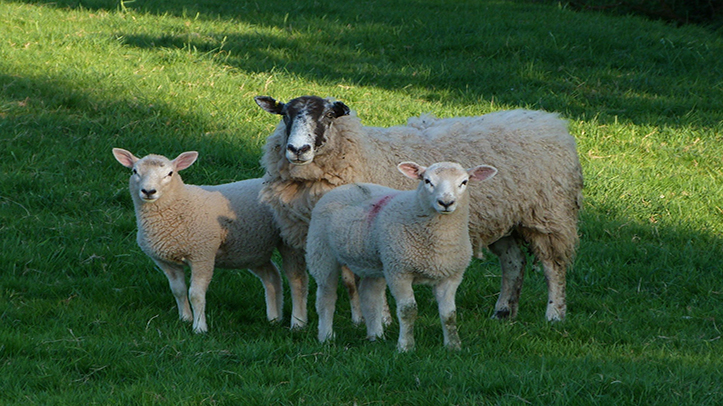Early results from the 2025 FlockCheck diagnostic scheme, run by MSD Animal Health, have revealed that 80% of farms tested so far show exposure to the Toxoplasma gondii parasite.
Since opening on February 1 for toxoplasmosis testing, 198 flocks have been tested to date. The results reflect trends seen in previous years, with most participating farms recording at least one animal testing positive for the disease.
In 2024, 80% of 382 sheep flocks tested showed exposure to toxoplasmosis, and 26% were found to have been exposed to enzootic abortion of ewes (EAE). A further 19.4% of flocks (74 in total) had been exposed to both pathogens.
These findings align with the latest analysis from the Animal and Plant Health Agency (APHA), which highlights that between 2002 and 2019, toxoplasmosis and EAE were the two most common causes of sheep abortion in the UK3.
Although the lambing season is almost over on most farms, it’s not too late for farmers to get ewes tested for exposure, with blood tests taken after lambing helping identify potential exposure.
Dr Kat Baxter-Smith, veterinary adviser with MSD Animal Health, said: “It may not always be possible to test for the cause of abortion at the time, but when this isn’t an option, arrange to blood test any ewes that have aborted after lambing.”
She advised that farmers should monitor abortion levels, with up to 2% considered within normal limits. Anything above this threshold, especially alongside suspiciously low scanning results, should be investigated.
GB sheep farmers can take advantage of MSD Animal Health’s 2025 FlockCheck scheme, which subsidises blood testing for six to eight aborted, unvaccinated ewes – or for barren ewes or those producing weak lambs – until the end of June 2025.
“This subsidised service provides farmers with valuable insights into potential causes of early lamb losses,” Dr Baxter-Smith added.
Dr Baxter-Smith also urged farmers to take a risk-based approach when deciding whether to vaccinate for toxoplasmosis and EAE but strongly recommends vaccination unless they operate a fully closed flock.
“The cost of vaccination for both toxoplasmosis and EAE can easily be offset by reducing future barren rates and abortion losses. Ideally, every ewe should be vaccinated before she breeds, given the widespread disease threat and the significant financial impact of infection,” Dr Baxter-Smith said
“Non-pregnant ewes can be vaccinated anytime up until 3 weeks prior to tupping, but there’s no need to wait that late, with the summer providing an ideal opportunity to vaccinate.”


